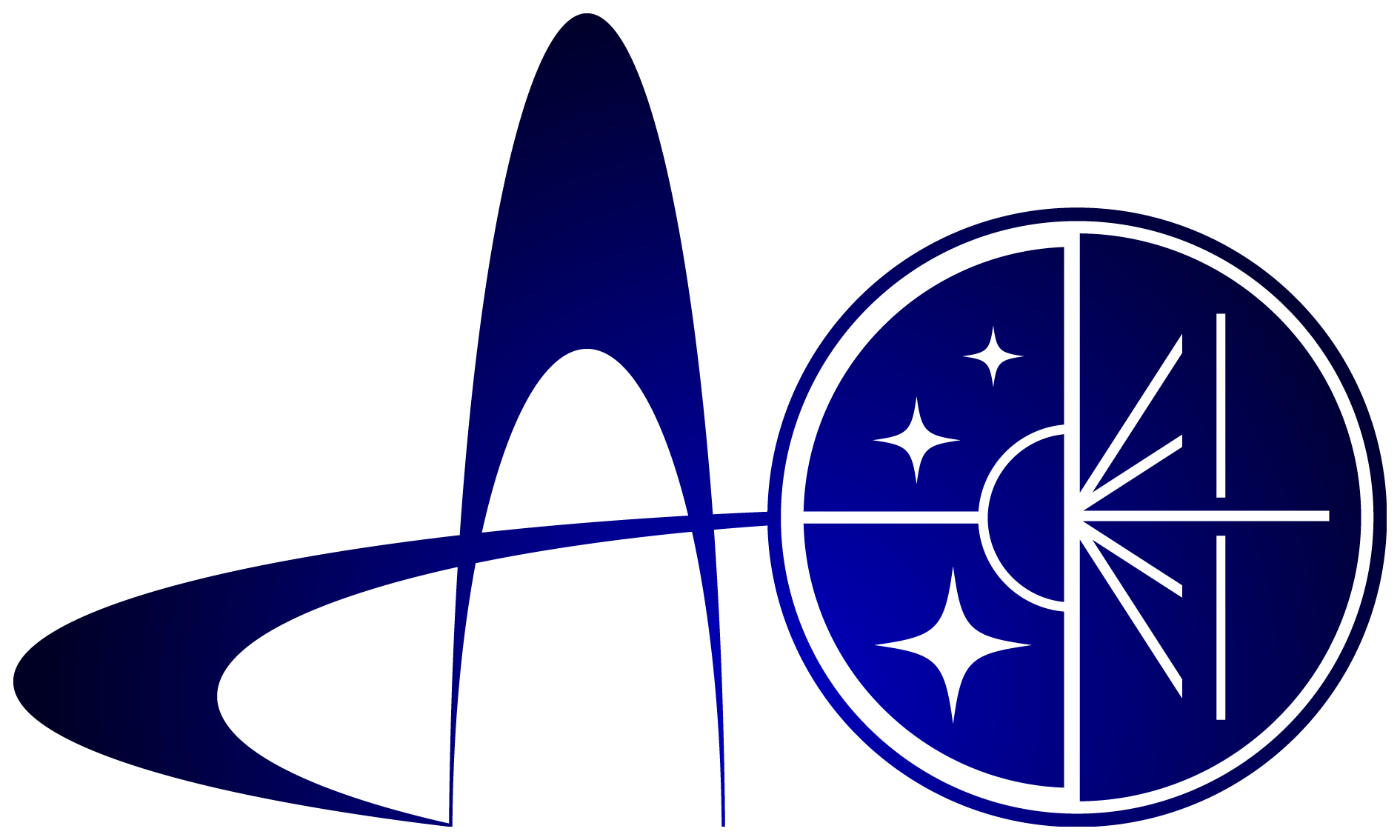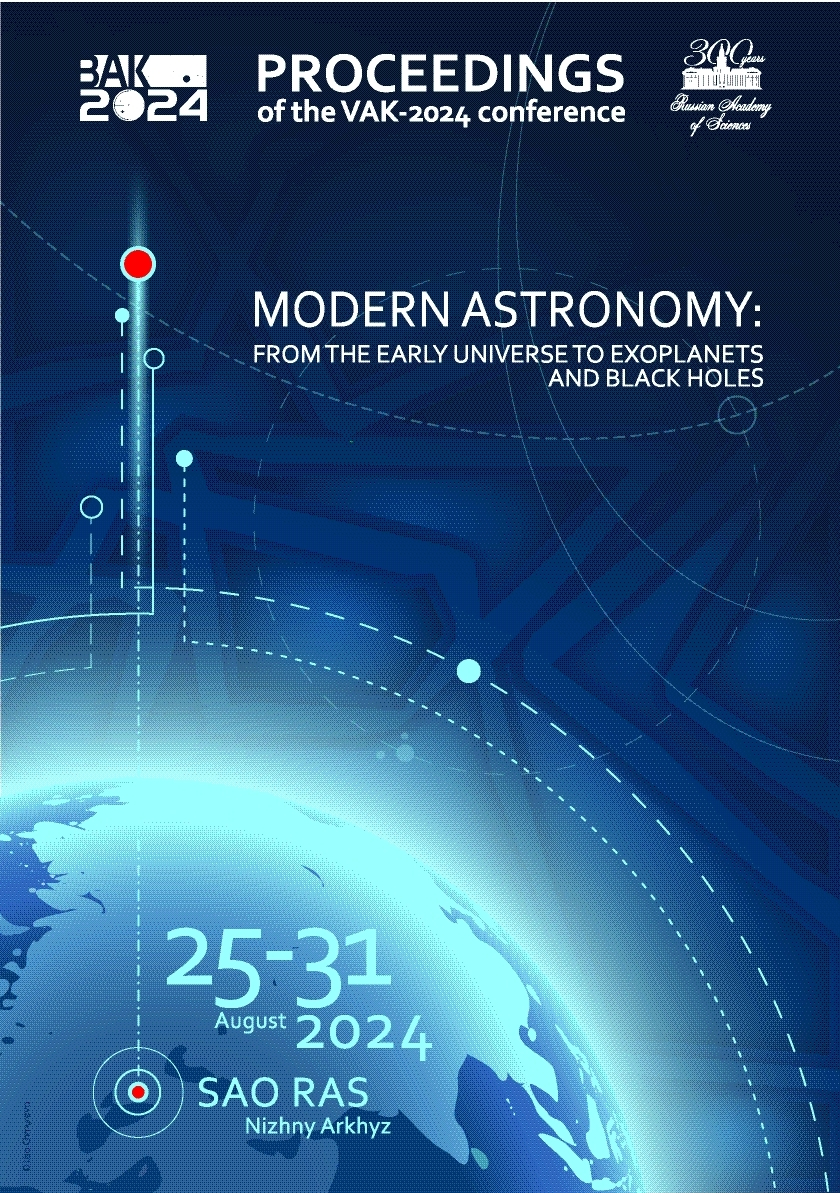UDC 53
UDC 520
UDC 521
UDC 523
UDC 524
UDC 52-1
UDC 52-6
CSCSTI 41.00
CSCSTI 29.35
CSCSTI 29.31
CSCSTI 29.33
CSCSTI 29.27
CSCSTI 29.05
Russian Classification of Professions by Education 03.06.01
Russian Classification of Professions by Education 03.05.01
Russian Classification of Professions by Education 03.04.03
Russian Library and Bibliographic Classification 2
Russian Library and Bibliographic Classification 223
Russian Trade and Bibliographic Classification 614
Russian Trade and Bibliographic Classification 6135
BISAC SCI004000 Astronomy
BISAC SCI005000 Physics / Astrophysics
Comets 46P/Wirtanen and 103P/Hartley are Jupiter-family short-period comets. They passed very close to the Earth in 2018 and 2010, respectively, resulting in radar observations and a large number of positional observations and, thus, they caught our attention. Radar observations have revealed the presence of ice grains in the comas surrounding comets, ejected by streams of more volatile compounds during sublimation, which allowed them to be classified as hyperactive. So far, we have not seen the results of combining positional and radar observations of comet 103P in one orbit. We managed to overcome this assuming the presence of offset between the center-of-light and the center-of-mass in positional observations of the apparition with the radar observations by the value of ${S = S_0/r^2}$. The components of the vector ${S_0} (R, T, N)$ in the orbital coordinate system associated with the comet were: $R$ = 264$\pm$6 km, $T$ = 7$\pm$5 km, $N$ = $-116\pm$5 km. In addition, the residuals, $(O-C)$, of both comets revealed systematic deviations that could not be explained by systematic errors of individual observatories. In addition, the light curves of these comets showed peculiarities matching with $(O-C)$ behavior. To eliminate systematic deviations in the positional observations, they were divided into four intervals according to the light curves. We determined a set of parameters of non-gravitational acceleration $A_1, A_2, A_3$ at each interval simultaneously with the determination of the orbit from all observations. This approach allowed us to get rid of deviations in $(O-C)$. The results obtained for these comets may indicate a truly complex nature of the non-gravitational acceleration acting on these comets.
planetary systems: comets: individual (46P/Wirtanen, 103P/Hartley)
1. A'Hearn M.F., Belton M.J.S., Delamere W.A., et al., 2011, Science, 332, 6036, p. 1396
2. Harmon J.K., Nolan M.C., Howell E.S., et al., 2011, Astrophysical Journal Letters, 734, 1, id. L1, p. 1
3. Kareta T., Noonan J.W., Harris W.M., et al., 2023, Planetary Science Journal, 4, 5, p. 85
4. Marsden B.G., Sekanina Z., and Yeomans D.K., 1973, Astronomical Journal, 78, p. 211
5. Park R.S., Folkner W.M., Williams J.G., et al., 2021, Astronomical Journal, 161, 3, id. 105






